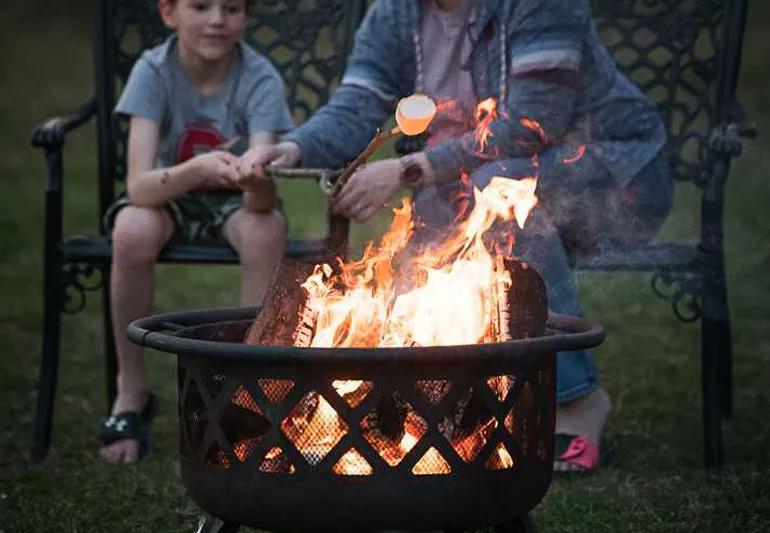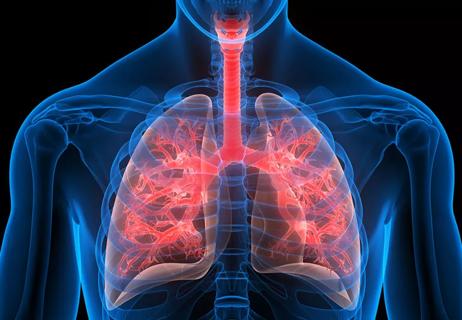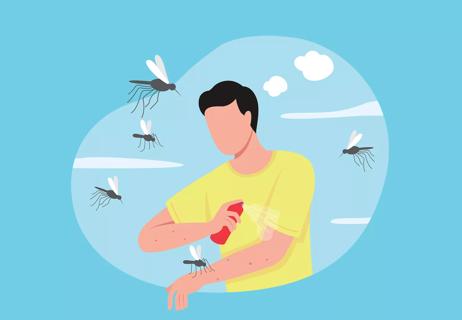Some tips to make your next fire safer

Planning to gather friends or family around a crackling bonfire or cozy fire pit? Absorb the atmosphere — not the smoke.
Advertisement
Cleveland Clinic is a non-profit academic medical center. Advertising on our site helps support our mission. We do not endorse non-Cleveland Clinic products or services. Policy
Wood smoke contains millions of tiny particles. When you breathe in smoke, the particles can get deep into your respiratory system.
You’ve likely experienced the results before — stinging eyes, runny nose and coughing. These symptoms are short-lived for most people. But for those with underlying respiratory illnesses, inhaling smoke is dangerous.
Here’s how to protect your lungs and make your next fire safer, according to pulmonologist Bohdan Pichurko, MD.
Most people can enjoy an outdoor fire safely by not sitting too close and not breathing in the smoke. But it’s a different story for the nearly 40 million Americans with asthma or chronic obstructive pulmonary disease (COPD), including emphysema, says Dr. Pichurko.
“If you have an underlying respiratory disease, inhaling smoke from wood, even briefly, can cause a chain of airway tightening that can land you in the emergency room. If you have asthma or COPD, take extra precautions,” he advises. “Sit as far from the fire as possible, and pay attention to which way the wind is blowing at all times.”
Smoke isn’t the only health hazard you should avoid. The heat itself is harmful. “Inhaling air that is consistently at a higher temperature than the surrounding air can cause more damage to the lining of your lower respiratory tract than smoke inhalation,” says Dr. Pichurko.
Advertisement
If you feel intense heat on your hands or face, that’s a clear signal that the air you’re breathing is too hot and you should move back from the fire.
If you’re like most people, you may not give much thought to constructing your fires. But Dr. Pichurko says you should. Here are his seven best tips for building safer fires outdoors:
So don’t say goodbye to toasted marshmallows or cozy nights. Follow the tips outlined above, and you’re on your way to enjoying outdoor fires safely.
Advertisement
Learn more about our editorial process.
Advertisement

The right treatment starts with the right diagnosis

Early detection and screening are important

Several conditions, like vitiligo and fungal infection, can cause a loss of pigmentation, leading to white spots or patches on your skin

Diaphragmatic breathing, pursed lip breathing and huff coughing can help manage COPD symptoms, like chest congestion and shortness of breath

Keep ‘mozzies’ at bay by avoiding scented body products, beer and certain colored clothes

Adult-onset asthma has the same symptoms as childhood asthma, but tends to be more severe

An asthma action plan is a personalized, step-by-step set of instructions for handling asthma attacks

Wear light, breathable clothing, shower after you exercise and change your sheets regularly

Babies can get congested easily, but you can calm their cough by keeping them hydrated, using nasal drops and running a humidifier

Weight loss may cause loose, sagging skin and muscle loss to your rear

Several conditions, like vitiligo and fungal infection, can cause a loss of pigmentation, leading to white spots or patches on your skin